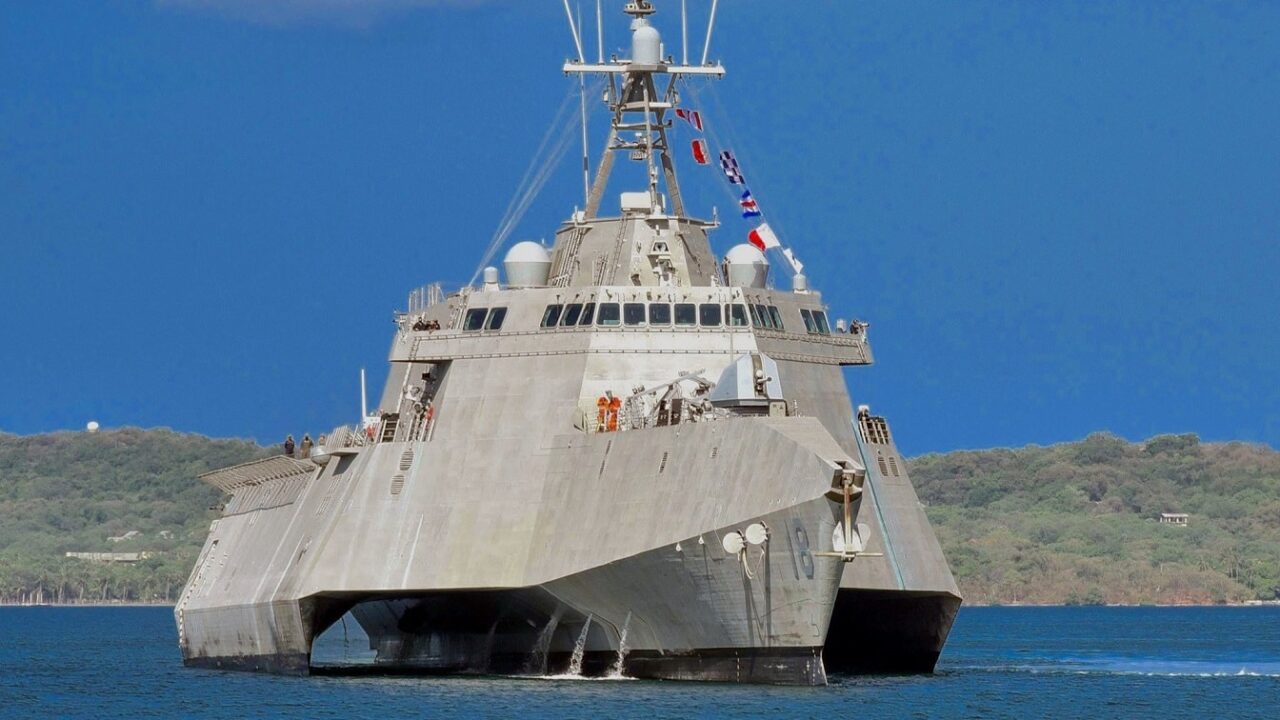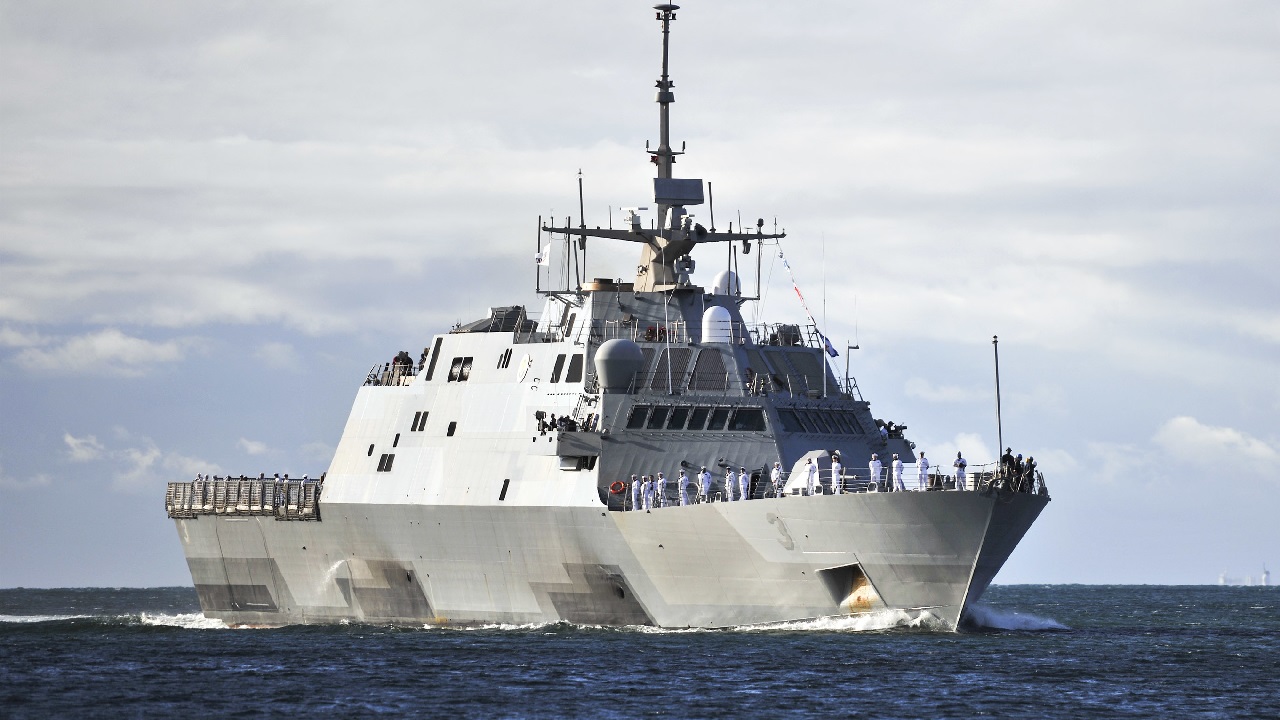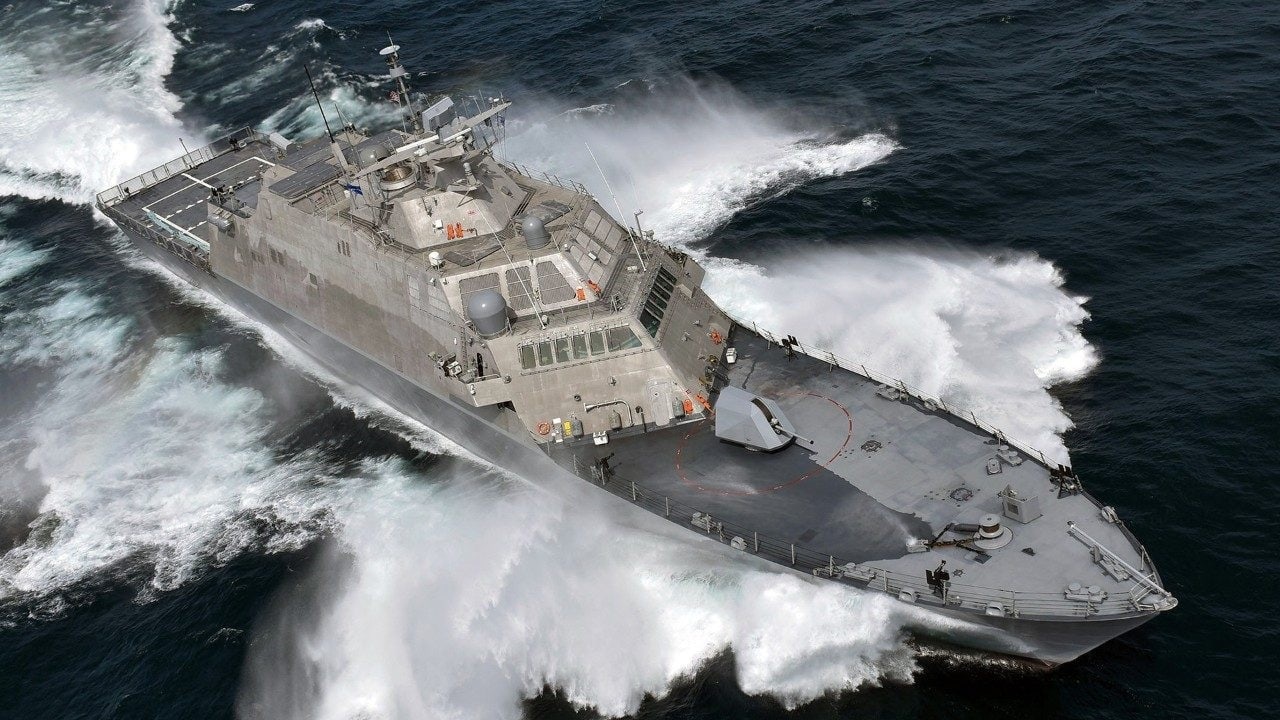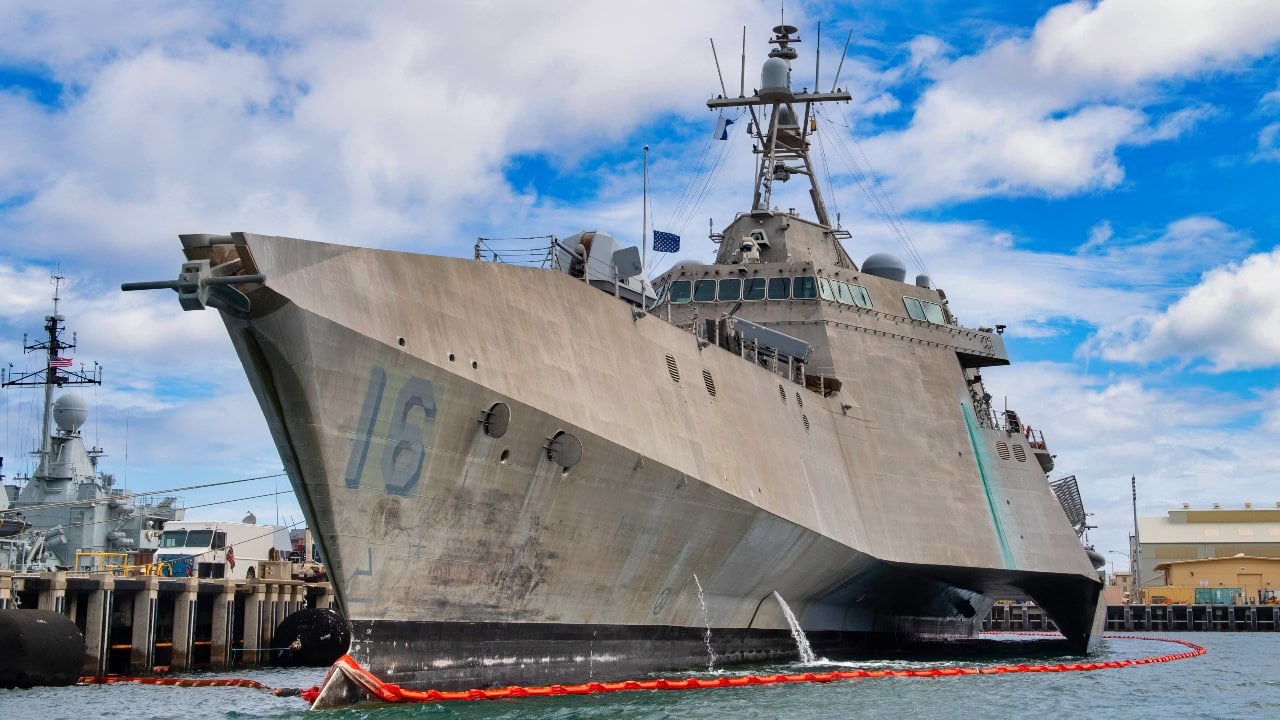Key Points and Summary: The U.S. Navy’s Littoral Combat Ship (LCS) was designed for coastal warfare but has faced setbacks, from technical flaws to evolving strategic needs.
-With China rapidly expanding its navy, the LCS’s relevance is in question.

Littoral Combat Ship. Image Credit: US Navy.
-The Navy has reduced acquisitions, retired early models, and explored upgrades like vertical launch systems to improve firepower. While drones and distributed firepower concepts could make LCS more useful, it remains an expensive misstep.
-The challenge now is repurposing these ships to contribute meaningfully to future conflicts. Will the Navy find a viable role, or will the LCS be remembered as a procurement failure?
Can the U.S. Navy Salvage the Littoral Combat Ship?
What do armies and navies and air forces do with weapons they don’t want and perhaps have never wanted?
The question comes up more often that it should, leaving senior leadership in a quandary that can last for decades. The US Navy is encountering this problem with the Littoral Combat Ship, and it’s worth considering how the force is choosing to deal with it.
There are plenty of reasons why particular weapon systems become unwanted. Sometimes, these are ships that technology has left behind. Sometimes, the mission requirements have disappeared because the strategic situation has changed. Sometimes, the project just didn’t come together in a satisfying way.
At other times, politics intervene, and an organization has to use equipment that it doesn’t want. In any of these cases, the service has to figure out what to do with hulls (or tanks, or planes) that it doesn’t want for its warfighting plans.
Examples include the slow battleships of the US Navy in World War II, which were eventually repurposed as shore bombardment platforms, and cutting-edge-at-the-time aircraft such as the US Air Force’s “Century Series,” many of which performed roles other than those intended because of rapid developments in technology.
The U.S. Navy’s Failures Get Compounded
Unfortunately, the United States Navy has found itself in an unusual and unpleasant situation of having to deal with at least two concurrent procurement failures. The Littoral Combat Ship and the DDG-1000 projects have left the Navy with ships that it’s not quite sure what to do with. Alongside the ongoing but less catastrophic struggles of the CVN-78 supercarrier and the F-35 B/C stealth fighters, it has created a difficult set of choices for Navy leadership.
The DDG-1000 program was capped at three vessels which have largely been relegated to experimental duties, but the LCS is a bigger problem, as it involves a significant number of US Navy hulls at a period in which questions about overall fleet numbers have become acute.
A Deep Dive Into the Littoral Combat Vessel Challenge
The technologies and concepts at the foundation of the LCS aren’t exactly unsound, but they have not developed well in practice and are now at odds with the Navy’s strategic orientation.
In brief, the LCS has suffered from every problem in the book. Integrating a bunch of novel technologies led to manufacturing problems that left the first few ships in desperate need of reconstruction. Some concepts, such as the “modularity” idea in which different mission modules and crews could be swapped out according to need, never worked out from a practical point of view.
Worse, the Navy’s strategic concept shifted away from controlling the littoral (the very reason for the existence of the ship) towards a broader warfighting mission that does not play to the strengths of the LCS as conceived.

The littoral combat ship USS Fort Worth (LCS 3) arrives to Joint Base Pearl Harbor-Hickam for a scheduled port visit. Fort Worth deployed for a scheduled 16-month rotational deployment to Singapore in support of the Navy’s strategic rebalance to the Pacific. Fort Worth is the first littoral combat ship to deploy under the 3-2-1 manning concept, swapping fully trained crews roughly every four months and extending the littoral combat ship forward presence. (U.S. Navy photo by Mass Communication Specialist 2nd Class Diana Quinlan/Released)
Whether planned or not, the US Navy has adopted a blend of strategies for managing the problem of the LCS. On the one hand ,it has limited the organization’s overall exposure by reducing projected acquisition of the ships. With supply chains, production facilities, and administrative structures in place and when in need of a great number of operational hulls, it doesn’t necessarily make sense to shut the entire line down, but reducing the overall order puts a firewall on the extent of the problem.
Second, the Navy has rid itself of the most limited members of the class, the ships that would require substantial modification to achieve functionality. This has embarrassed the service and put it in hot water with Congress, which is justifiably curious about why the Navy wants to scrap ships that are almost brand new during a period of intense naval cooperation with China, which is easily outbuilding the US on a hull-for-hull basis. That the Navy has also needed to justify a new class of frigates only adds to Congressional consternation.
Finally, the Navy is trying to make the ships more useful. This includes modifications such as the integration of containerized vertical launch system cells onto the ship (as discussed in these pages by Sebastien Roblin), which will give it the ability to launch larger, longer-ranged, and more lethal missiles against surface and air targets.

Littoral Combat Ship. Image: Creative Commons.
These modifications serve to increase the offensive firepower of the LCS, giving it a role in the Navy’s “distributed firepower” concept, which relies on multiple platforms (ships, planes) to generate a picture of the battlepace and multiple platforms to launch attacks into the battlespace.
The LCS isn’t a great contributor because of its lack of firepower and limited sensor suite, but every little bit helps, even to the extent of providing an enemy with multiple targets to contend with. Observation of naval warfare in the Black Sea may also restore a degree of confidence that light, fast ships might be useful in an environment infested by drones. The LCS has been considered as a “mothership” for drones of various kinds and that mission may become more important in the future.
What Will History Say on LCS?
It’s still unlikely that the Navy will ever consider its LCS experiment worth the effort. In isolation, the LCS could have been considered a failure but something less than a catastrophe. But with the difficulties facing other major Navy procurement programs (including the upcoming Constellation-class frigate), the inability of the Navy to put small, simple boats in the water to perform small, simple missions will be a major problem moving forward.

Littoral Combat Ship. Image Credit: Creative Commons.
The fact that the Navy is rapidly losing its edge against the PLAN only exacerbates that problem. Still, that’s neither here nor there. The Navy has its Littoral Combat Ship; it’s now the job of the Navy to figure out how to use them.
About the Author: Dr. Robert Farley
Dr. Robert Farley has taught security and diplomacy courses at the Patterson School since 2005. He received his BS from the University of Oregon in 1997, and his Ph. D. from the University of Washington in 2004. Dr. Farley is the author of Grounded: The Case for Abolishing the United States Air Force (University Press of Kentucky, 2014), the Battleship Book (Wildside, 2016), Patents for Power: Intellectual Property Law and the Diffusion of Military Technology (University of Chicago, 2020), and most recently Waging War with Gold: National Security and the Finance Domain Across the Ages (Lynne Rienner, 2023). He has contributed extensively to a number of journals and magazines, including the National Interest, the Diplomat: APAC, World Politics Review, and the American Prospect. Dr. Farley is also a founder and senior editor of Lawyers, Guns and Money.

